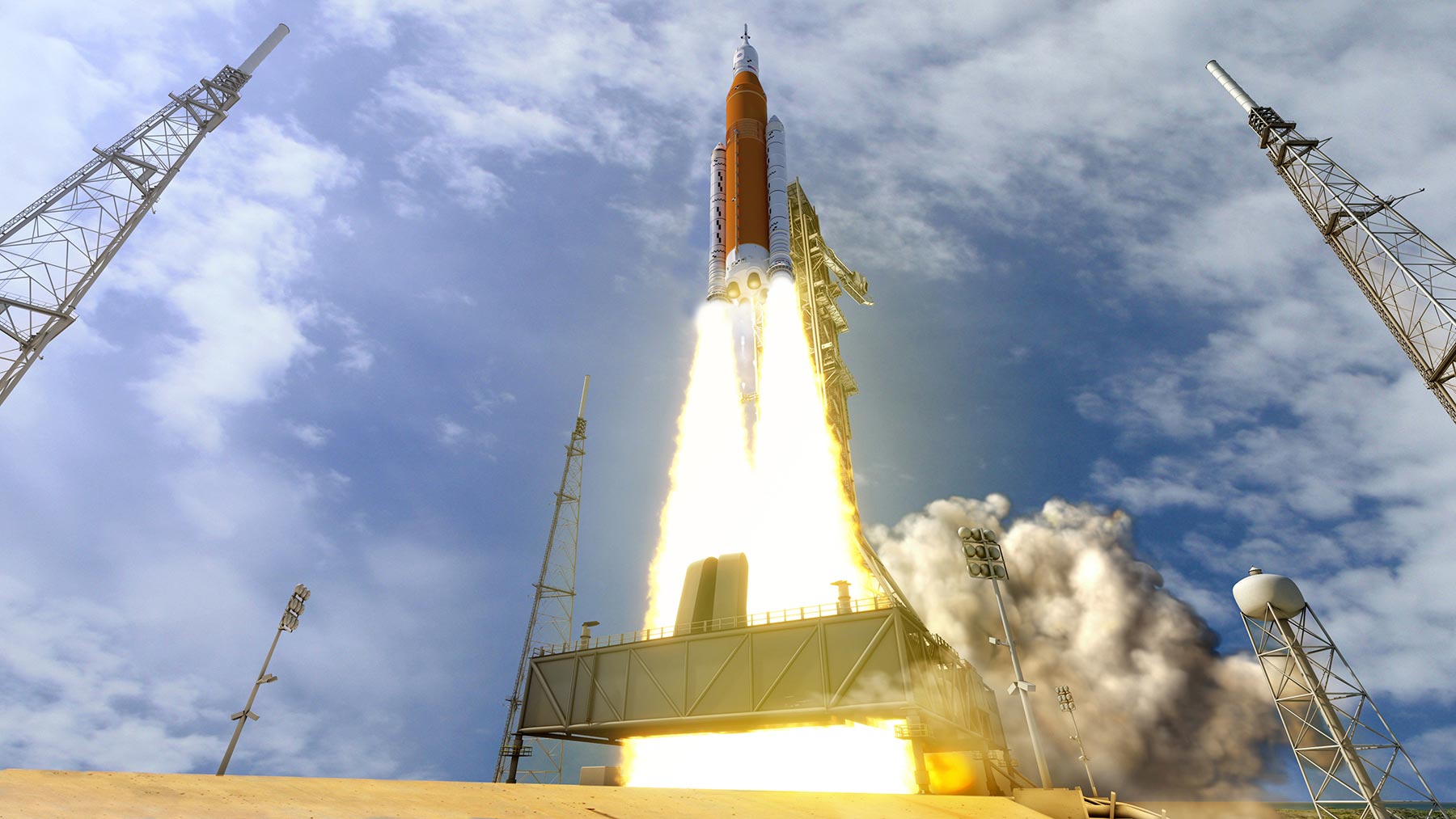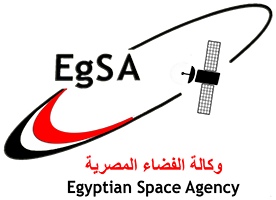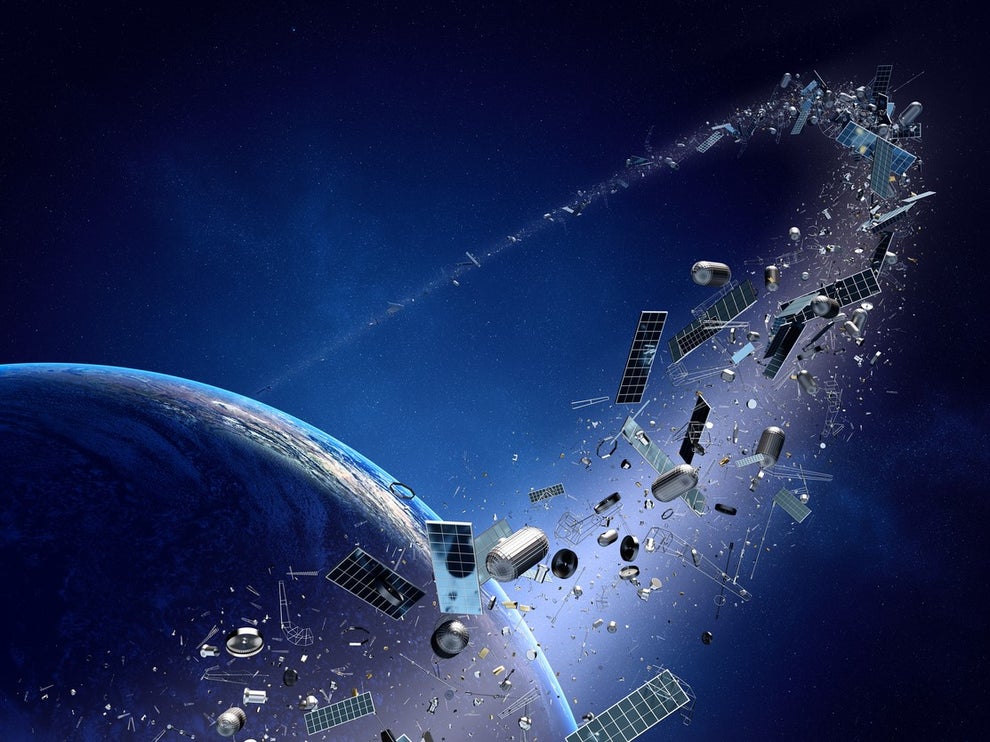Orion Spacecraft Ready to Fuel Up for NASA’s Artemis I Mission Beyond the Moon

The Orion spacecraft for NASA’s Artemis I mission is taking one more step closer to its flight to the Moon. On January 14, the spacecraft was lifted out of the stand in the Neil Armstrong Operations and Checkout Building at the agency’s Kennedy Space Center in Florida where engineers have meticulously outfitted it with thousands of components and tested its systems and subsystems to ensure it can accomplish its mission. With assembly complete, teams are moving it to its next facility for fueling and officially transferring the spacecraft to NASA’s Exploration Ground Systems (EGS) team responsible for processing Orion for its launch later this year.
With this formal transfer of ownership from the Orion Program and lead contractor Lockheed Martin, the spacecraft will move from the manufacturing and assembly into the processing for flight. This transition is part of a series of time-sensitive operations, marking increasing confidence in the approaching 2021 launch date when the spacecraft will lift off atop the Space Launch System from Launch Pad 39B at Kennedy.
“I am proud of the extraordinary dedication and efforts of the many team members from the U.S. and Europe who worked together to build Orion for the Artemis I mission. The significance of this monumental accomplishment is being realized as we steadily march toward a historic launch later this year,” said Orion Program Manager Cathy Koerner. “The knowledge gained along the way will ensure the spacecraft will safely send astronauts on missions to the Moon, with the capability to transport humans farther into space than ever before.”
Lockheed Martin began welding together the pieces of Orion’s underlying aluminum structure at NASA’s Michoud Assembly Facility in New Orleans in 2015. It was shipped to Kennedy’s Neil Armstrong Operations & Checkout (O&C) Building in early 2016, where engineers began outfitting the spacecraft to successfully operate in space. Key milestones included affixing the heat shield that will protect the crew module from searing heat as it enters Earth’s atmosphere during its return; powering on the vehicle for the first time to ensure power and commands can be routed; and the arrival and integration of the European-built service module, which will power, propel, and provide thermal control, air, and water for the spacecraft. For the first time, NASA will use a European-built system, provided by ESA (European Space Agency) as a critical element to power an American spacecraft.
The combined “stack” also was transported to NASA’s John H. Glenn Research Center at the Neil A. Armstrong Test Facility (previously known as Plum Brook Station) in Sandusky, Ohio, where it underwent more than three months of testing in the extreme temperature and electromagnetic environment it will experience in the vacuum of space during Artemis missions.
Final Orion testing and assembly for Artemis I began with its return from testing at Plum Brook. Closeout activities of major flight components included installation of solar array wings and spacecraft adapter jettison fairing panels on the service module, and the forward bay cover on top of the Orion crew module to protect the spacecraft’s re-entry parachutes.
“The Orion team has persevered through design, production, and test challenges, in addition to severe weather disruptions and a global pandemic, to transform tens of thousands of individual parts into an integrated and functional spacecraft,” said Amy Marasia, NASA’s Orion Production Operations Spacecraft Assembly Branch manager.
The spacecraft, which currently includes the crew module, crew module adapter, and European-built service module, will move on Jan. 16 from the spaceport’s O&C Building to the Multi-Payload Processing Facility (MPPF). After its ride on board a transporter, Orion will be moved onto a service stand that provides 360-degree access, allowing engineers and technicians from EGS, its prime contractor Jacobs Technology, and other support organizations to fuel and service the spacecraft. Crane operators will remove the transportation cover and use fuel lines and several fluid ground support equipment panels to load the various commodities into the crew and service modules.
“I’m incredibly excited to service Orion at our rocket fuel gas station,” said Marcos Pena, the NASA Spacecraft Element Operations manager in the MPPF. “I’m ready for our team to take the baton and get Orion to the launch pad, fully fueled, and on its way to the Moon.”
Fueling of hazardous commodities, some of which were used in the orbiter maneuvering system and hydraulic power units on the space shuttle, will be performed remotely from a firing room in the Launch Control Center (LCC). Various electrical ground support equipment racks will allow technicians to power up the spacecraft and perform service operations remotely. The spacecraft’s temperature and humidity will be tightly controlled using mini-portable purge units, which provide a constant flow of conditioned air.
Teams also will adorn the spacecraft with the iconic NASA worm on the outward wall of the crew module adapter as well as NASA’s meatball insignia and European Space Agency decals on the jettison fairing panels – exterior panels that protect the vehicle’s service module.
After Orion is fueled and final checks are performed in the MPPF, its transportation cover will be re-installed and the spacecraft will be moved to the Launch Abort System Facility, where EGS will install the Launch Abort System (LAS) tower and the ogive panels that protect the crew module and LAS and provide its aerodynamic shape.
“The handover of Orion is a big milestone for the Artemis program – it represents the culmination of years of hard work by both the Orion and the Exploration Ground Systems teams,” said Mike Bolger, EGS manager. “Today, I am confident that the EGS team and ground systems are ready to prepare the Orion for its maiden flight on an SLS rocket as NASA continues to lead the world in exploration.”
Orion is a critical component for NASA’s deep space exploration plans. During Artemis I, the spacecraft will launch on the most powerful rocket in the world and fly farther than any spacecraft built for humans has ever flown – 280,000 miles from Earth, thousands of miles beyond the Moon over the course of about a three-week mission. The Orion Program is managed from NASA’s Johnson Space Center in Houston, Texas.



